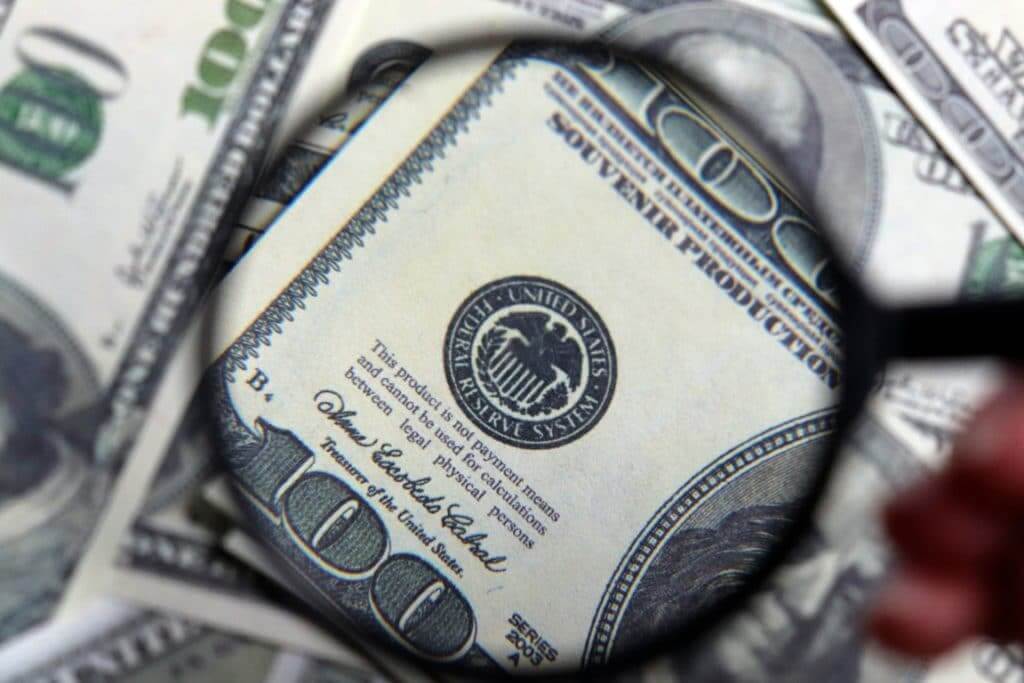Dollar Gained Against the Riskier Currencies. Why’s That?
The U.S. dollar gained support on Thursday due to a risk-off environment, while other major currencies declined, apart from the Sterling. The British currency held on to the gains from the day before, thanks to the signs of progress in Brexit talks.
On the other hand, the risk-sensitive Australian dollar plummeted down to a one-week low. The head of the Australian central bank hinted at a possible rate cut or bond purchases, causing the Aussie’s plunge.
According to Governor Philip Lowe, the Reserve Bank of Australia is contemplating whether buying longer-dated bonds would help the struggling economy and considering an interest rate cut. Even though the RBA intervenes to keep the three-year yield at 0.25%, it doesn’t control yields further out the curve.
The Aussie will likely weaken relative to other commodity currencies, particularly the Canadian dollar – stated Marshall Gittler, the head of investment research at BDSwiss Group. He thinks there’s more room for further loosening in Australia than in Canada.
Bond markets expect the RBA to start buying further along the curve as money markets are priced for a November rate cut. Besides, ten-year bond futures were up 8.5 ticks to their highest point since April.
Meanwhile, the Aussie tumbled down by nearly 1% to a one-week low of 0.7096 per greenback. Furthermore, it dropped against the Japanese yen and the New Zealand dollar by 0.8% and 0.5%, respectively.
How did the U.S. dollar and European currencies fare?
The euro traded at $1.1740 on Thursday, while the U.S. dollar changed hands at 105.95 per Japanese yen. Thus far, both currency pairs were trading flat.
In Europe, France has imposed new restrictions as Covid-19 infections surged. Markets are concerned that a new wave of lockdowns could hinder the global recovery. In the meantime, hopes for U.S. stimulus before the Nov. 3 election are fading.
The U.S. dollar index stood at 93.47, close to a one-week high, even though most major currencies were steady in early European trading.
Charalambos Pissouros, the senior market analyst at JFD Group, stated that traders’ appetite remained subdued for another day as worries over a delay in distributing a Covid-19 vaccine and negative comments over a new U.S. fiscal package continue to weigh on positive sentiment.
Coronavirus vaccine clinical trials from two pharmaceutical companies got delayed this week after patients fell ill. In addition, U.S. drug inspectors discovered quality-control problems at an Eli Lilly and Co pharmaceutical plant that is ramping up to manufacture a coronavirus drug.
Meanwhile, the British pound maintained gains from the previous session. These were due to hopes that Brexit talks will continue beyond this week. The Sterling remained steady at $1.30 and 90.23 pence versus the euro.
- Support
- Platform
- Spread
- Trading Instrument

